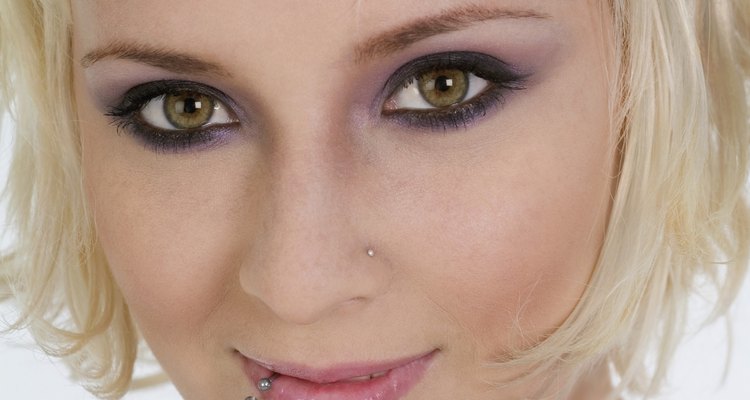
After a person pierces her lip or other body part, she may develop dark spots around the pierced area. The National Center for Biotechnology Information defines these scars as keloids, which are "the excess growth of scar tissue at the site of a healed skin injury." The discoloration around a healthy puncture site is mild to moderate and will heal in several years. If you want to accelerate the speed at which your skin heals, you can try several keloid healing methods.
Exfoliate the scarred area once a day and keep it clean. Exfoliation is the removal of dead skin cells with a chemical or physical abrasive. The abrasion is minor and encourages skin regeneration. Your scar will lighten as you shed traumatized layers of skin.
Apply a topical ointment that contains silicone. Squeeze a small bead of ointment onto a fingertip. Massage the ointment on the scar. Apply once or twice a day. Silicone is the only topical treatment medically proved to heal scars.
Apply a silicone sheet to the traumatized area. Using a silicone sheet keeps the scarred skin exposed to silicone longer than an ointment can. The sheet adheres to the skin to provide prolonged exposure.
Visit a doctor to discuss laser treatment. Most scars are blemishes, not deformities. Most physicians will caution against surgical treatment for a blemish; however, if you have a severe scar, you may be able to pursue advanced medical treatment. You must consult a physician to receive laser treatment.
Visit a doctor to discuss scar revision. In the most extreme cases, doctors can perform surgery to excise damaged skin tissue. This option is only available to patients who experience a botched lip piercing that results in a moderate to severe deformity.
Related Articles

How to Get Rid of a Tattoo Scab

How to Take Care of a Colored Tattoo ...

How to Get Rid of Pink Scars

Facts on Nose Piercings

How to Shave Skin Moles

Review of New-Skin Scar Therapy
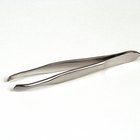
How to Care for Skin Abrasions

How to Remove a Labret Piercing

How to Use Tattoo Goo

How to Tighten Loose Ligaments

Benefits of Shea Butter and Coconut Oil ...

How to Deal With a Chapped Nose From ...

How to Soothe Waxed Skin

Does It Help to Treat a Scar With Honey ...

Problems With Nose Piercings
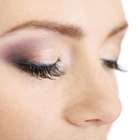
How to Soothe Irritation Bumps From ...

What Are the Dangers of Photofacials?
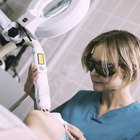
Laser Treatment for Face Wrinkles
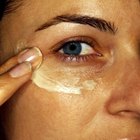
The Best Facial Moisturizers for People ...

How to Cover a Scab From a Zit
References
Writer Bio
Grace Riley has been a writer and photographer since 2005, with work appearing in magazines and newspapers such as the "Arkansas Democrat-Gazette." She has also worked as a school teacher and in public relations and polling analysis for political campaigns. Riley holds Bachelor of Arts degrees in American studies, political science and history, all from the University of Arkansas.
Photo Credits
Medioimages/Photodisc/Photodisc/Getty Images